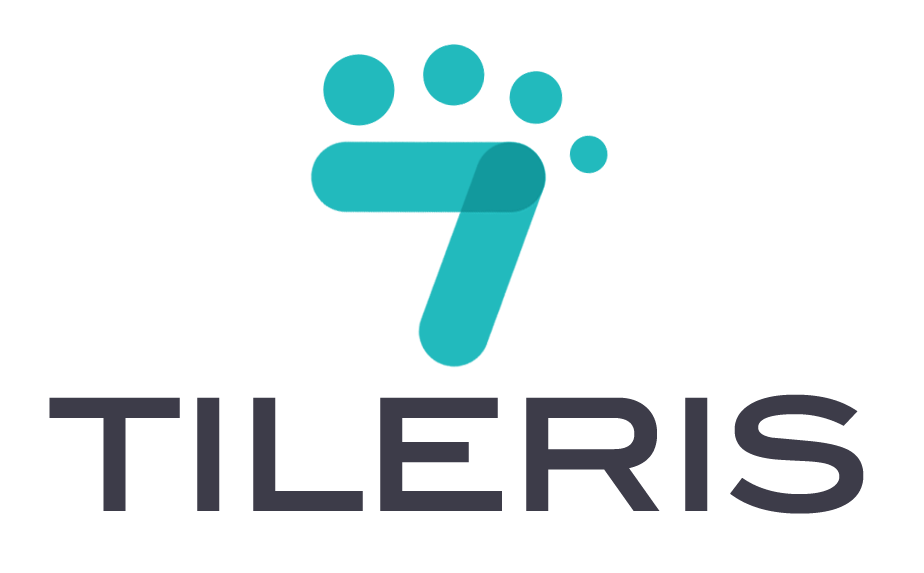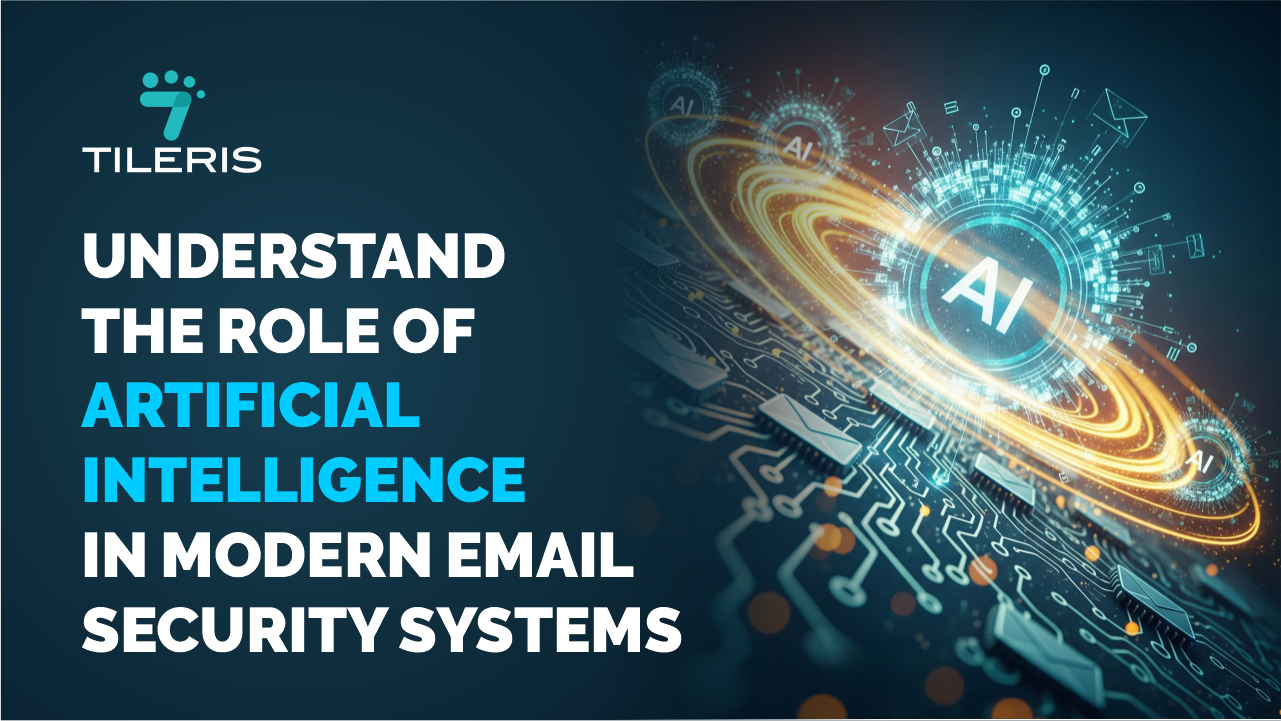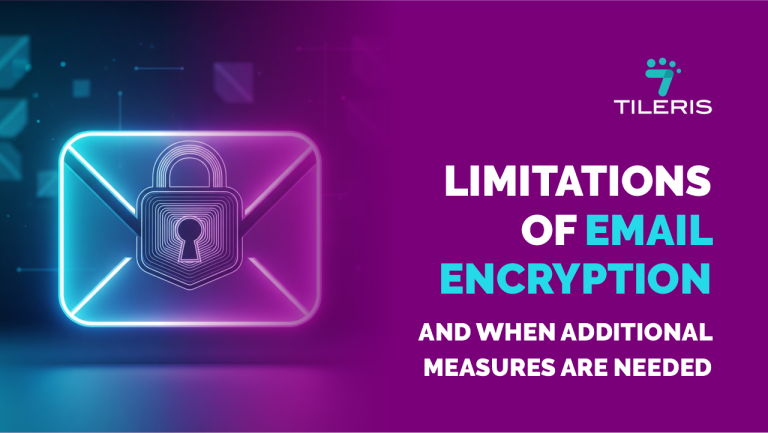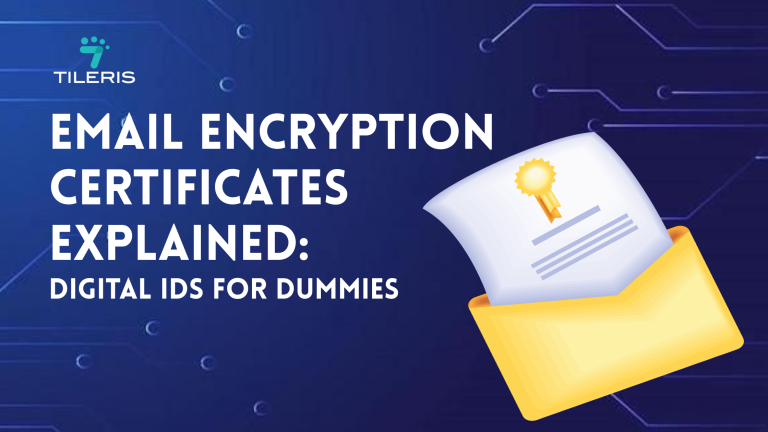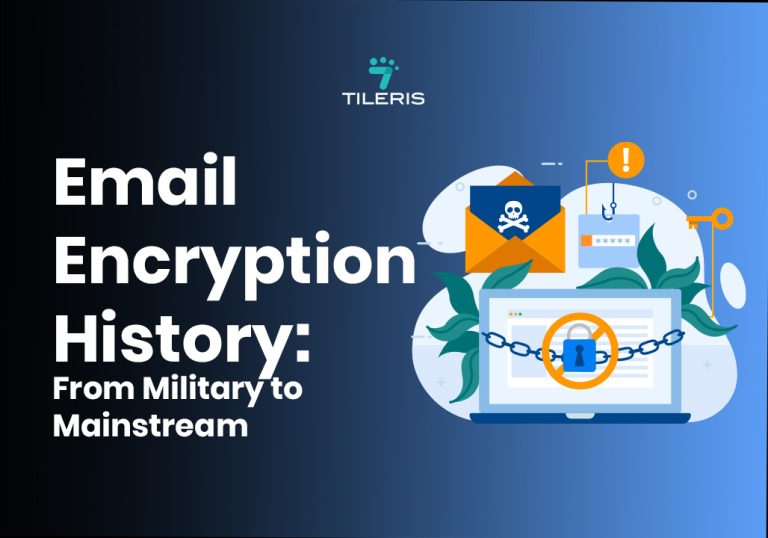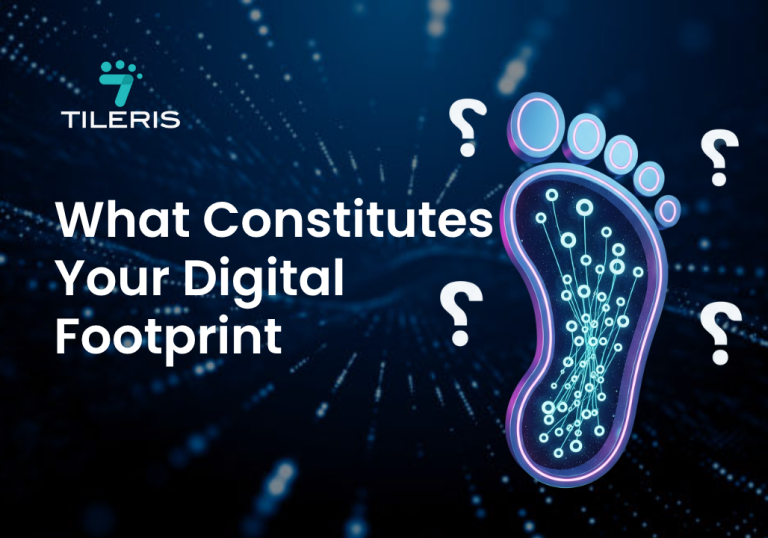Understand The Role of AI in Modern Email Security Systems
Introduction
If you’ve ever had to dig through your inbox and delete 15 suspicious emails in a day, some promising free iPhones, others pretending to be your boss, it’s easy to see why email security matters.
The truth is, email and email security remains the number one attack vector for cybercriminals, and they’re not slowing down. But thankfully, neither is technology and one of the most significant game changers in this arena is Artificial Intelligence (AI).
Now, if the term “AI” still makes you think of sci-fi movies and robots taking over the world, you’re not alone. But in the context of email security, AI isn’t some distant dream, it’s very real, very present, and it’s reshaping how we fight phishing, malware, Business Email Compromise (BEC), and all the other clever tricks attackers try to pull.
The Problem
Let’s start with a harsh reality, 94% of malware is delivered via email, according to a report by Verizon. Think about that. Email, the same tool we use daily for everything from client communication to sharing family photos, is the top highway for cybercriminals to enter our systems.
These attacks have grown smarter over time. Today’s phishing emails can look nearly identical to legitimate messages from banks, internal HR departments, even your CEO.
That’s where AI steps into email security, not just as a better spam filter, but as a full-blown security analyst working behind the scenes.
Explaining the AI Factor
Imagine having a super-smart detective meticulously examining every single email that lands in your inbox, not just for obvious red flags, but for subtle clues that might escape human notice. That’s essentially the role of AI in modern email security. It moves beyond simple rules and known signatures, learning and adapting to identify novel and emerging threats.
At its core, AI in email security leverages the power of machine learning (ML), natural language processing (NLP), and behavioral analytics. Instead of just looking for a match in a blacklist, AI systems analyze vast amounts of data, email headers, content, sender behavior, even the historical communication patterns of individual users. They build a baseline of “normal” and then, with incredible speed and accuracy, spot anything that deviates from that norm.
Think of it this way, your old spam filter was like a bouncer at a club checking IDs against a list of banned individuals. AI is more like a highly intuitive security guard who knows the regular crowd, understands their usual conversations, and can instantly tell when someone is acting suspicious, even if they have a seemingly valid ID.
AI in Email Security
So, how does this AI detective work in practice? It’s involved in almost every layer of modern email protection:
Advanced Threat Detection
This is where AI truly shines. It’s not just about catching obvious phishing attempts anymore. AI excels at identifying:
- Phishing and Spear-Phishing: AI in email security analyzes the tone, grammar, and context of email content. It can spot subtle domain misspellings, inconsistencies in branding, or urgent requests that are out of character for the sender.
In the near future, AI will power significantly more phishing attacks, everything from text-based impersonations to deepfake communications will become cheaper, more convincing, and more popular with threat actors. This makes AI’s role in detection even more critical. AI-powered phishing detection has been shown to reduce phishing success rates by a remarkable 86%.
- Business Email Compromise (BEC): These attacks are particularly insidious because they often don’t contain malicious links or attachments. Instead, they rely on social engineering.
AI analyzes communication patterns, recognizing deviations in writing style, tone, or content that might indicate an impersonation. For example, if a CEO suddenly sends an urgent request for a wire transfer outside normal business hours, AI can flag it based on past communication patterns.
- Ransomware and Malware: While ransomware often enters through malicious attachments or links, AI enhances detection by analyzing attachments in sandboxed environments (isolated virtual spaces) before they reach your system. It can identify suspicious code or behaviors, even for new, “zero-day” variants that haven’t been seen before. AI improves zero-day vulnerability detection rates by 70%.
- “Quishing” (QR Code Phishing): A relatively new but rapidly growing threat, quishing hides malicious URLs behind QR codes embedded in emails. Traditional systems often miss these because they’re image files, not clickable links. AI, with its advanced image analysis capabilities, can now inspect these QR codes and analyze the linked sites for malicious intent.
Real-time Protection
The speed at which cyberattacks evolve means that security needs to be real-time. AI processes vast amounts of data instantaneously, allowing for immediate threat detection and blocking. This significantly reduces the window of opportunity for attackers.
Spam Filtering Evolution
Remember the early days of spam filters? They often blocked legitimate emails while letting some obvious junk through. AI has revolutionized this by learning from both historical data and real-time interactions. It understands the nuances of language and user preferences, making spam filtering far more accurate and reducing frustrating “false positives.”
Proactive Threat Intelligence
AI isn’t just about reacting; it’s about anticipating. By analyzing global threat data, AI systems contribute to a collective understanding of emerging attack vectors and tactics. This allows security providers to constantly update their defenses and protect users even before a specific attack campaign is widely known.
The Human-AI Partnership
It’s important to remember that AI isn’t here to replace human expertise; it’s here to augment it. Think of it as a highly efficient assistant that handles the massive volume of routine threat analysis, allowing human security analysts to focus on the more complex, nuanced, and strategic challenges.
While AI is excellent at detecting technical anomalies, human intuition and understanding of social engineering remain invaluable. AI handles the heavy lifting of data analysis and pattern recognition, freeing up security teams to investigate ambiguous cases, develop new defense strategies, and engage in incident response when a truly sophisticated attack surfaces. This partnership leads to a much stronger, more resilient security posture.
Looking Forward
The digital arms race between cybercriminals and cybersecurity professionals is a continuous one. As attackers leverage generative AI to craft even more convincing scams, and statistics show that 60% of cybercriminal groups now use generative AI for attacks, the role of AI in defense becomes even more critical.
The future of AI in email security promises even more sophisticated models, deeper integration with other security layers across our digital ecosystems, and a continuous refinement of predictive capabilities. We’ll likely see AI-powered solutions that can automatically generate personalized security training based on individual user behavior, making each of us a stronger link in the security chain.
Conclusion
Our inboxes are more than just a place to send and receive messages; they are vital conduits for our personal and professional lives. The threats targeting them are increasingly cunning and persistent. But by embracing the power of Artificial Intelligence, we are equipping ourselves with a formidable defense.
AI is transforming email security from a reactive game into a proactive shield, constantly learning, adapting, and protecting us from cyber threats. It’s no longer a luxury but a necessity for safeguarding our digital communications, protecting our sensitive data, and maintaining the trust we place in the digital world. So, the next time that email notification pings, you can breathe a little easier, knowing that a smart, tireless AI guardian is diligently working to keep your digital doorstep secure.
Ready to Take Control of Your Inbox?
Feeling more confident about the power of AI in email security? That’s fantastic! But remember, technology is just one piece of the puzzle. You, the human element, are equally vital in creating a robust defense.
Want to empower yourself with simple, actionable steps to boost your online safety today?
Download your free Security Checklist now! It’s packed with straightforward tips to help you stay protected online, perfect for anyone looking to understand essential tools like TLS, S/MIME, or PGP and how they fit into a modern security strategy.
Need a bit more guidance, or feeling a little overwhelmed by all the options?
We get it. You can also request a free consultation with our friendly team. We’re happy to walk you through your specific options, answer your questions, and help you choose the right approach to secure your communications effectively. Think of us as your navigators in the world of email security.
Curious to see how modern AI can make security even easier and more intuitive?
We’ve talked a lot about the magic of AI, and we’d love to show you firsthand. Request a demo to see how Tileris AI Agents work in real time. Just drop us a note through our contact form, and we’ll show you what smarter, proactive security really looks like.
